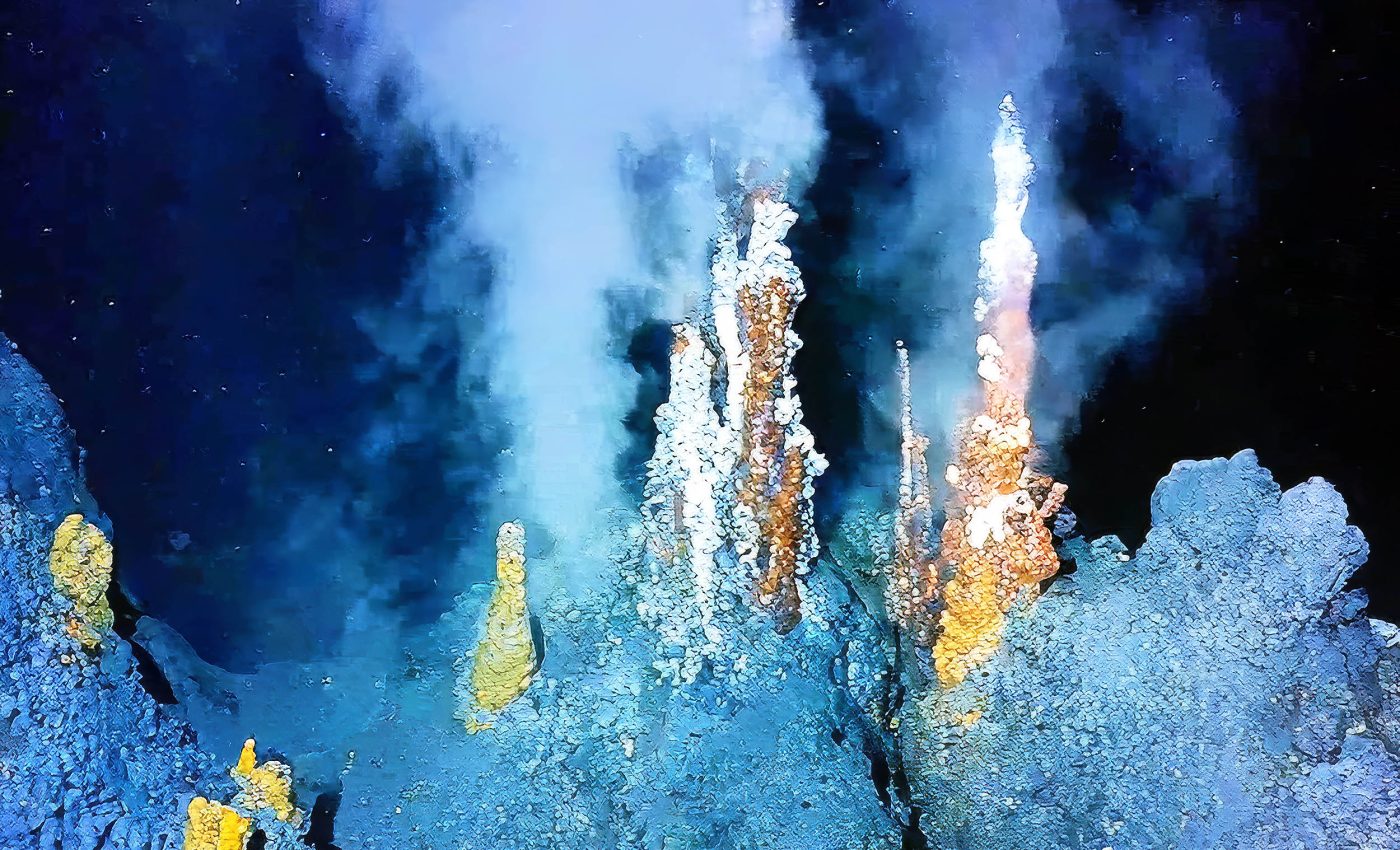
How ocean microbes stop methane from reaching the air
Ocean methane does not get a free pass to the sky. A new peer reviewed study shows how a tiny partnership on the seafloor moves electrons between cells to keep much of that gas in check.
Most of the methane made in marine mud never reaches the air thanks to microbes that feed on it without oxygen.
This living filter, known to scientists for years, is now clearer in how it works, as shown by lab measurements of electron sharing within the partnership, and the work was led by Hang Yu of Peking University.
Seafloor microbes stop methane
Methane is a strong heat trapping gas, yet marine sediments act like a sink that disables most of it before it escapes.
A comprehensive review places this process, called anaerobic oxidation of methane, at the center of the ocean’s methane budget.
At the core of this process are anaerobic methanotrophic archaea that remove methane where oxygen is absent. They partner with sulfate reducing bacteria that breathe sulfate, a common salt in seawater, instead of oxygen.
These partners often gather in tight clusters in the seabed. They build a team where one group starts the chemistry and the other finishes it.
How two microbes split the job
The archaea strip electrons from methane, which leaves them with a problem because those electrons must go somewhere.
Their bacterial partners accept the electrons and use sulfate as the final electron sink, a classic redox reaction that keeps both partners running.
“These microbial partnerships act as natural sentries, playing a crucial role in limiting the release of methane into the ocean and atmosphere,” said Yu. His team followed that thought by asking how the electrons actually move from cell-to-cell.
Samples came from methane seeps near the Mediterranean, the Guaymas Basin, and the California coast. The researchers then tested the communities under controlled conditions in the lab.
Microbes move methane electrons
The group pressed intact cell clusters onto microelectrodes and tracked electrical signals.
Those signals revealed a single, repeatable redox feature in each community and showed that electrons moved across gaps of about 0.0002 inch between electrodes.
Signals weakened after heating or oxygen exposure and survived chemical fixation that preserves proteins. That pattern points to proteins as the main path for charge movement, not simple dissolved chemicals.
Using a generator collector setup, the team watched electrons leave one electrode and arrive at another only when the test voltage matched the redox feature of the cells.
That behavior confirms that electrons can hop across several cell lengths, enough to connect methane oxidation in the archaea to sulfate reduction in the bacteria.
Why redox conduction matters
The simplest explanation is a chain of bound cofactors in proteins carrying charge through the community.
The best candidates are multiheme cytochrome c, protein wires that pass electrons one heme at a time along and between cells.
Other ideas have been on the table, including conductive carbon made by these microbes.
One earlier work reported amorphous carbon associated with these consortia, suggesting a different route for charge flow.
Freshwater relatives of these methane eaters also point to cytochromes.
A 2023 study showed that Candidatus Methanoperedens can ship electrons to metals and electrodes using multiheme cytochromes, a parallel that supports the new marine findings.
How models can improve
This work closes a long standing gap by providing direct measurements of electron movement in these seafloor partnerships.
It ties a well known ecological service to a specific molecular system rather than a vague exchange of intermediates.
It also explains why the partnership is so tight. If electrons move over only tiny distances, on the order of hundredths of a thousandth of an inch, cells need to stay close to keep the handoff efficient.
A tighter link between mechanism and ecology helps with prediction. Models of methane cycling can now include protein based electron transport rather than assuming invisible chemical shuttles do the job.
How microbes control methane
Nature already runs methane control at the seabed. Understanding the electron’s plumbing hints at ways to support the same chemistry in engineered systems, like bioreactors that treat methane rich waste streams or safeguard well leak sites.
There is no silver bullet. These communities grow slowly and depend on the local chemistry, so translating a lab finding into field practice will take careful trials.
Even so, clarity matters. Knowing that protein based redox conduction connects the partners sets a target for future monitoring and design.
The study is published in Science Advances.
—–
Like what you read? Subscribe to our newsletter for engaging articles, exclusive content, and the latest updates.
Check us out on EarthSnap, a free app brought to you by Eric Ralls and Earth.com.
—–













